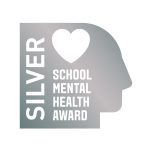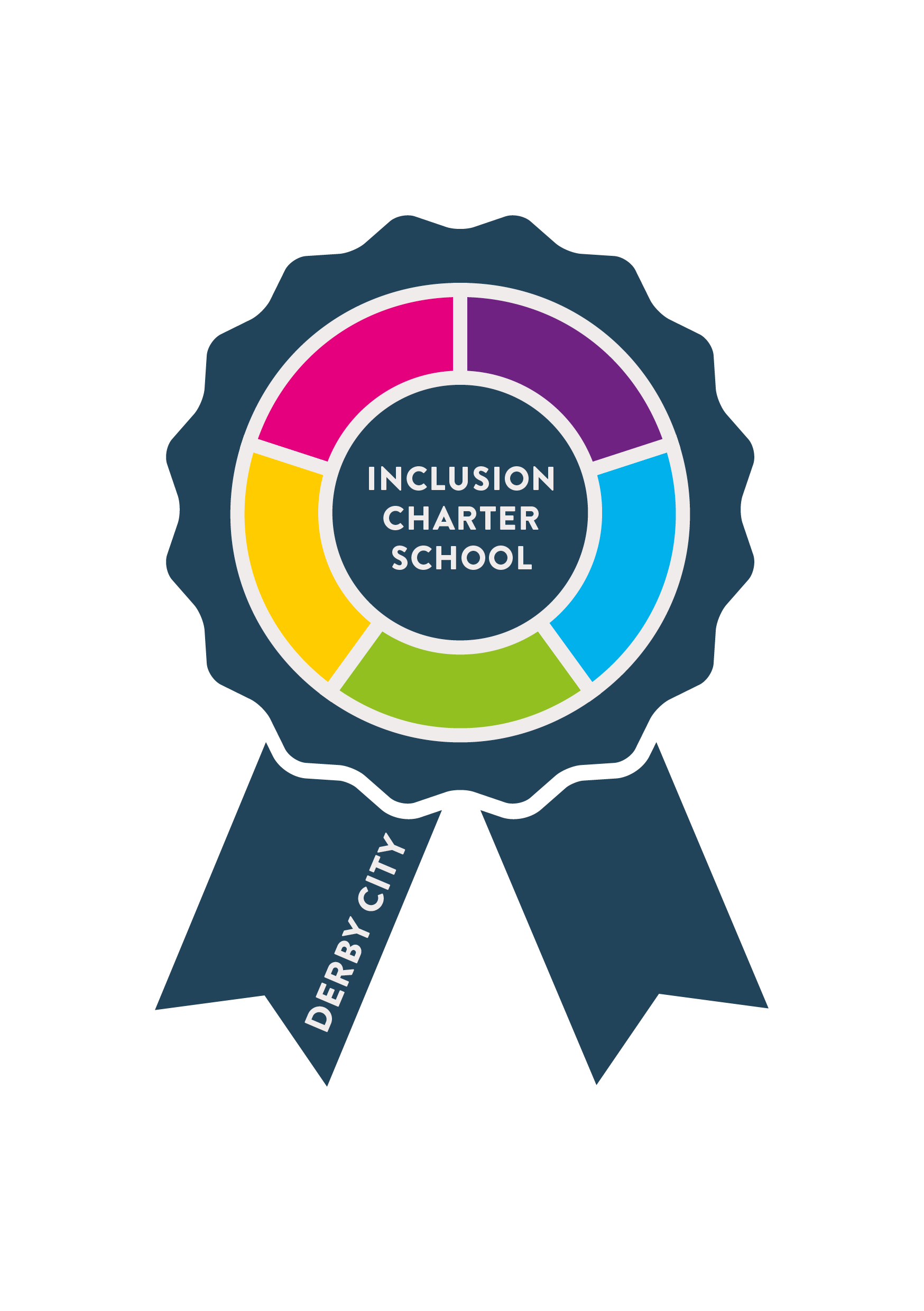Intent
At Bridge Street we want our children to explore, take part in and enjoy competitive sport and physically demanding activities. We want our pupils to be supported in their health and fitness by becoming physically confident. We intend to provide pupils with the opportunity to embed values such as fairness and respect through our PE lessons.
At Bridge Street a typical physical education lesson will include:
-Clear lesson objectives and appropriately differentiated activities.
-Quality teaching using appropriate resources and planning adapted to the context of each cohort.
-Use of subject specific vocabulary and age appropriate equipment that develop the key skills required
Implementation
At Bridge Street we use the Get Set 4 PE scheme. We have mapped this out carefully to ensure coverage is in the right order for our mixed age classes. Skills and knowledge are clearly identified and built on as children move through the school. The children are taught the PE curriculum by specialist PE teachers who have the flexibility to teach physical education in a range of styles. This ensures that the children develop the necessary skills to take part in a variety of sports alongside communicating, collaborating and competing with each other.
We use high quality resources and undertake regular CPD to upskill our staff members to deliver high quality physical education and physically demanding activities.
Swimming plays an important role at Bridge Street with many children only accessing swimming sessions through the school programme. We take each year group from year 3-6 swimming for 3 half terms, each academic year.
Impact
Children leave Bridge Street confident to participate in sport and physical activity, with this continuing into later life. Children will have worked on their own aspirations in relation to PE and this will be carried on after leaving KS2, with children continuing to participate for enjoyment or competitively.
All children should be able to discuss the importance of a healthy lifestyle and how this is achieved as well as developed skills that underpin life such as teamwork, sportsmanship, self-motivation, resilience and independence.
Cultural Capital
In the context of physical education, cultural capital refers to the knowledge, skills, and experiences that children bring to their learning and understanding of PE It includes the cultural experiences, such as visiting sporting venues, exposure to different PE forms, and being surrounded by physical activity in their daily lives.
Cultural capital is an important aspect of physical education at Bridge Street because it can help to broaden children’s horizons and enhance their creativity. Children who have more cultural capital are more likely to have a deeper understanding and appreciation of PE, which can motivate them to pursue physical education as a subject, as an activity, or as a career in the future.
We aim to develop cultural capital in our students by providing a range of experiences and opportunities to learn about PE, such as trips to sporting venues, visiting sportspeople/coaches, participation in competitions and exploring different types of PE and sportspeople. We also promote cultural capital in PE by learning about eminent sportspeople from the past and present.
Overall, developing cultural capital in PE is important for providing children with the skills and experiences they need to become informed, creative, and culturally aware individuals.


